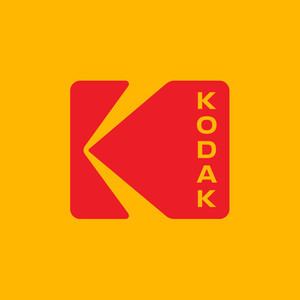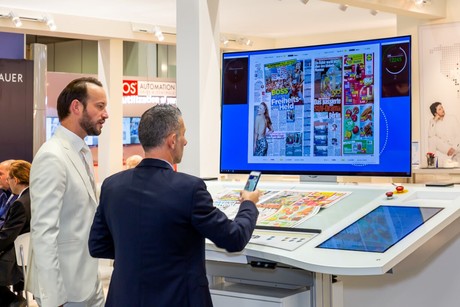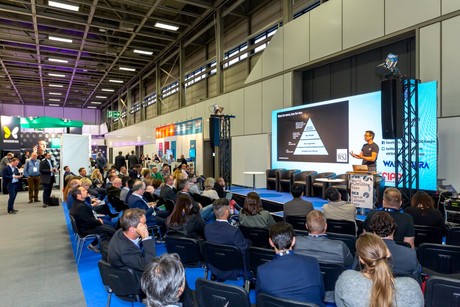I recently came across a fantastic paper from University of Texas Associate Professor Iris Chyi who says these reports of print’s demise have been greatly exaggerated. She points out that we are well beyond the experimentation phase with digital news and its growth has largely plateaued. Just look at the numbers:
- On average, 82% of a newspaper’s total revenue today comes from print, with the online domains generating very little profit.
- If we look at readership, 51% of people who read a newspaper read it exclusively in print, compared to just 5% reading exclusively on a web browser and 5% on mobile.
Newspaper advertising income: as of 2014, U.S. newspaper print editions generated $16.4 billion in advertising revenue, compared to just $3.5 billion from those outlets’ online editions.
Many years into the transformation, there are still 2.7 billion people in the world reading newspapers, despite substantial declines observed at the top 51 metro U.S. newspaper outlets since 2007. At the same time, readership at their sister digital outlets has stopped growing, with more than half of them reporting a decline since 2011.
Yet, during this time of transformation, the burden has been on newspapers to pump resources into digital platforms, an endeavor which — as the numbers show — hasn’t always been the solution. There are news organizations that have been able to thrive in both print and digital worlds. While most outlets are making cuts, the The Washington Post just recently added 60 journalists to its staff in a year of record traffic and digital advertising revenue. But this requires significant resources. The Washington Post, for example, benefited from a $50 million investment from new owner and Amazon founder Jeff Bezos. Unfortunately, this is not the reality for most U.S. newspapers.
Digital media have also radically changed the way we consume news — in some ways for the better. Online news is disseminated faster than through traditional media and we hear more voices from more parts of the world with relative ease. However, this same speed and globalization has also put into question the credibility of news and journalism. The medium — print versus digital — has actually started to affect the reliability of the news we’re reading, according to many.
We saw the worst effects of this just recently with the “fake news” phenomenon stemming from the 2016 U.S. Presidential election campaign. With so much digital content being published across online outlets, blogs, social channels and more, legitimate and fact-checked journalism was drowned out.
Public perception became skewed to the point that a significant amount of the population was taken aback as the results rolled in on Election Night and ultimately by the election of Donald Trump over Hillary Clinton.
But what’s the solution? Well, in part, there needs to be an effort among decision-making executives at news media organizations to recognize the importance of putting resources into the newsrooms that give them their credibility, rather than just the online platforms that really aren’t even keeping them afloat. The industry cannot be as black and white as simply print versus digital, but rather coexist in a time of transformation in mixed media. A mixed media environment bodes well for the industry as a whole and having digital and analog options is important for the multichannel world of today.
This starts with ensuring that print technology can enable efficiencies for news organizations, rather than becoming a roadblock. We’ve spent decades developing the technology at Kodak to maximize efficiencies in the newspaper printing process that can ultimately save newspapers money and free up resources to benefit other parts of the business. When news organizations are able to produce printed content at the speed allowed by today’s presses, they can get a better quality product in the hands of consumers faster and even bolster their business case for advertisers’ money.
There are a number of moving pieces in the news media landscape that have had to adjust to change and digital disruption over the past 20 years. Only now are we starting to see the effects of digital disruption as it reaches maturity in the news space. Digital has provided more accessibility and speed, but there are very real risks affecting the quality of journalism. Not only does print still have a role in the digital future of news, it may just be necessary to guarantee that we have accountable and legitimate news for the foreseeable future. At this point, the most important step our industry can take is in leaving behind binary points of view — print or digital — and have a more transparent discussion about what mix of the two is best for newsrooms, media outlets and more to ensure that we don’t lose legitimate journalism for good.





